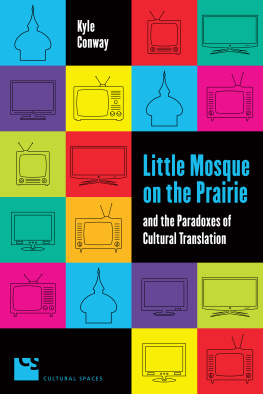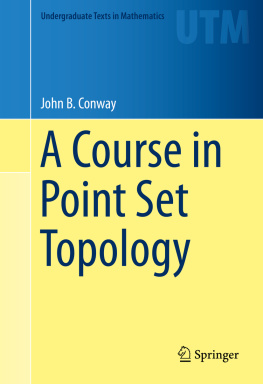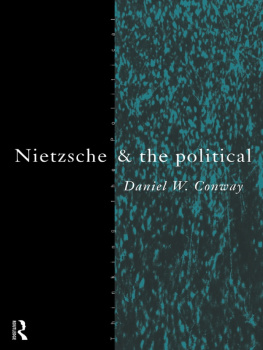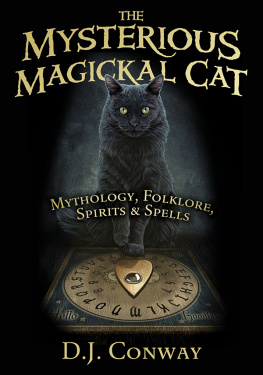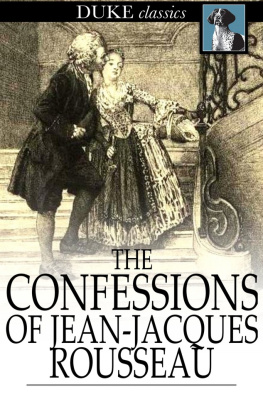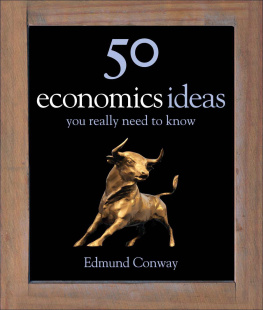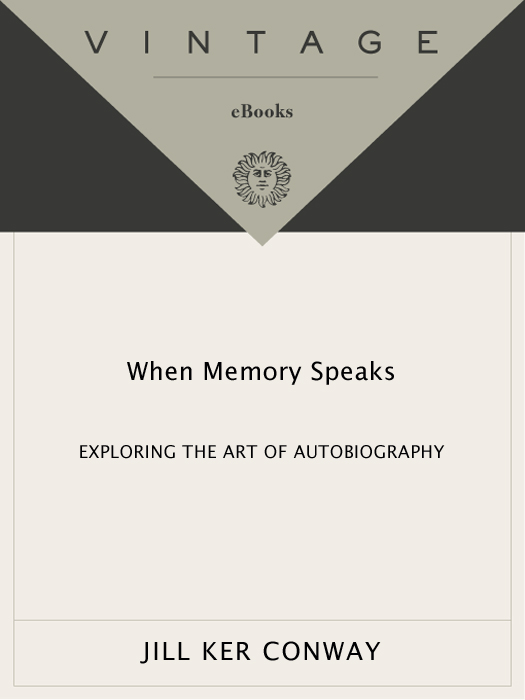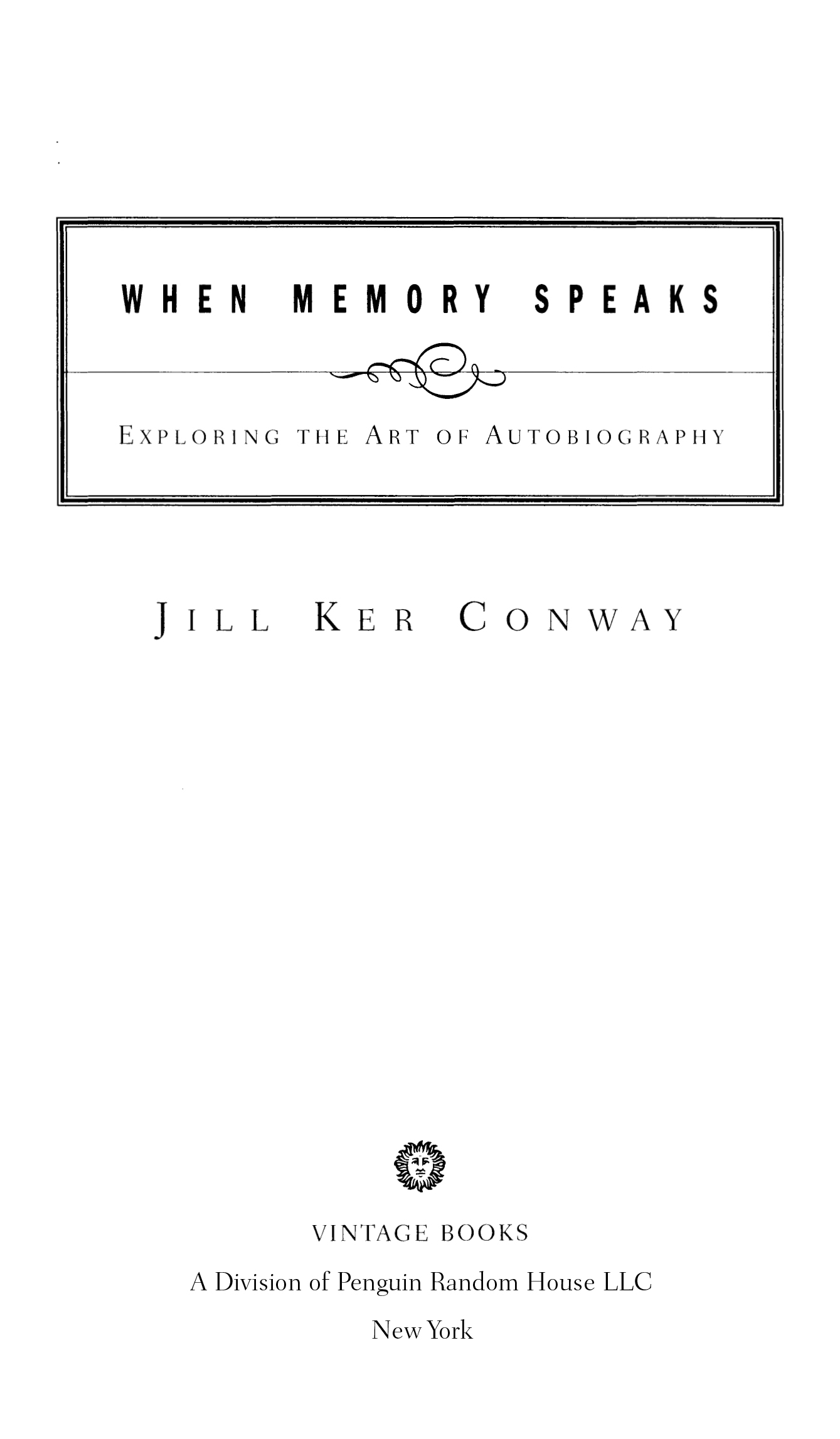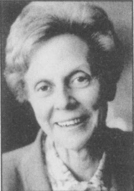
JILL KER CONWAY
WHEN MEMORY SPEAKSJill Ker Conway grew up in Australia, graduated from the University of Sydney in 1958, and received her Ph.D. from Harvard in 1969. From 1964 to 1975 she taught at the University of Toronto and was vice president there before serving for ten years as president of Smith College. Since 1985 she was a visiting scholar and professor in M.I.T.s Program in Science, Technology, and Society. In addition to her two memoirs, she edited three volumes of womens autobiographical writings. She died in 2018.
Also by JILL KER CONWAY
Written by Herself, Volume I: Autobiographies of American Women (editor)
Written by Herself, Volume II: Womens Memoirs from Britain, Africa, Asia, and the United States (editor)
In Her Own Words: Womens Memoirs from Australia, New Zealand, Canada, and the United States (editor)
True North
The Politics of Womens Education (with Susan C. Bourque)
The Road from Coorain
Learning About Women
(with Susan C. Bourque and Joan W. Scott)
Women Reformers and American Culture
The Female Experience in Eighteenth- and Nineteenth-Century America
Merchants and Merinos
F IRST V INTAGE B OOKS E DITION , M ARCH 1999
Copyright1998 by Jill Ker Conway
All rights reserved. Published in the United States by Vintage Books, a division of Penguin Random House LLC, New York, and distributed in Canada by Random House of Canada, a division of Penguin Random House Canada Limited, Toronto. Originally published in hardcover in the United States by Alfred A. Knopf, Inc., New York, in 1998.
Vintage Books and colophon are registered trademarks of Penguin Random House LLC.
Owing to limitations of space, all acknowledgments for permission to reprint previously published material may be found .
The Library of Congress has cataloged the Knopf edition as follows:
Conway, Jill K., [date]
When memory speaks : reflections on autobiography/Jill Ker Conway. 1st ed.
p.cm.
1. Autobiography 2. AutobiographyWomen authors. 3. Biography as a literary form.
I. Title.
CT25.C68 1998
808.06692dc21 97-49452
Vintage Books Trade Paperback ISBN9780679766452
Ebook ISBN9780307797230
Author photographMichele McDonald
www.vintagebooks.com
v3.1_r1
In memory of John
C ONTENTS
C HAPTER O NE
MEMORYS PLOTS

W HY IS AUTOBIOGRAPHY the most popular form of fiction for modern readers? Why are so many people moved to write their life stories today? And what is it about the genre that makes it appeal to readers not just in the Western world, but also in non-Western cultures, like those of Japan and India or the many cultures of Africa?
Since the 1950s literary critics have written hundreds of volumes about autobiography as a genre. The questions they ask come from literary theory. Is autobiography just another form of fiction? A bastard form of the novel or of biography? What sort of story can anyone tell about her or his life when its end is as yet unknown? Is it possible to translate the chaotic ebb and flow of experience into a narrative form with a beginning, a middle and an end? When so much of our consciousness is visual, or nonverbal, how much of it can we convey through the limited medium of words? Can anyone be both subject and object of the same sentencesthe speaker and the subject spoken about? Why is this drive to engage in scrutiny of ones own life so characteristic of the West?
Another set of theoretical issues is raised by the study of gender. Given that Western language and narrative forms have been developed to record and explicate the male life, how can a woman write an autobiography when to do so requires using a language which denigrates the feminine and using a genre which celebrates the experience of the atomistic Western male hero? Can such literary and linguistic conventions possibly convey the bonding of maternity, or grant integrity to an experience marked by the traditions of Western misogyny?
If the autobiographer gazes at himself in the mirror of culture, just as the portrait painter must when working on his self-portrait, how should a woman use a mirror derived from the male experience? If the painter or writer is female, the mirror she holds up comes from a culture that assumes womens inferiority, a culture that has shaped modern womens inner consciousness through the internalized male gaze surveying the female as sex object. For the woman autobiographer the major question becomes how to see ones life whole when one has been taught to see it as expressed through family and bonds with others. How can she convey its authenticity when linguistic convention subsumes the female within the male? How can she construct the life history of someone other than a sex object whose story ends when soundly mated?
These theoretical issues are important, but they beg the question of why readers like to read autobiography, and why individuals are moved to write their life stories. Theory can help us read autobiography with more critical awareness. Gender studies can help us pay attention to when and where women autobiographers seem to have trouble with their narrative. But the answer to the question of why we like to read it, and why individuals sit down at desk or table and begin to tell their story, lies not in theory but in cultural history. It has to do with where we look when we try to understand our own lives, how we read texts and what largely unexamined cultural assumptions we bring to interpreting them.
Moreover, while the theoretical categories defining a genre may be fixed, its forms and stylistic patterns vary profoundly over time, and these variations constitute a kind of history of the way we understand the self, and what aspects of it we feel comfortable talking about.
This book is about readers and writers of autobiography, and about the history of self-narrative in modern and postmodern times. It is written with that comfortable fiction the general reader in mind. It should be taken as a background monologue to the enjoyable task of browsing the shelves of bookstore or library, or as a helpful companion on the long plane journey with a fistful of paperbacks, a fellow guest on the weekend at the beach, or even a guide in the hustle of the morning traffic, where many readers now listen to books on tape.
It is hard for us to imagine today the passion for fiction which led crowds to gather at the docks in New York in the 1840s, awaiting the arrival of the ship which was to deliver from London the latest installment of Dickenss Old Curiosity Shop, recounting the fortunes of its long-suffering heroine, Little Nell. Many eyewitness accounts describe the shouts as the ship carrying the next installment hove in sight. Does Little Nell yet live? the cry would go up, to be answered for many months in the affirmative from the decks of the approaching boat. We dont care quite that way about fiction today. Dickenss writing was reaching a popular audience which was newly literate and not yet sated with the devices for suspense developed by the serial writer.


